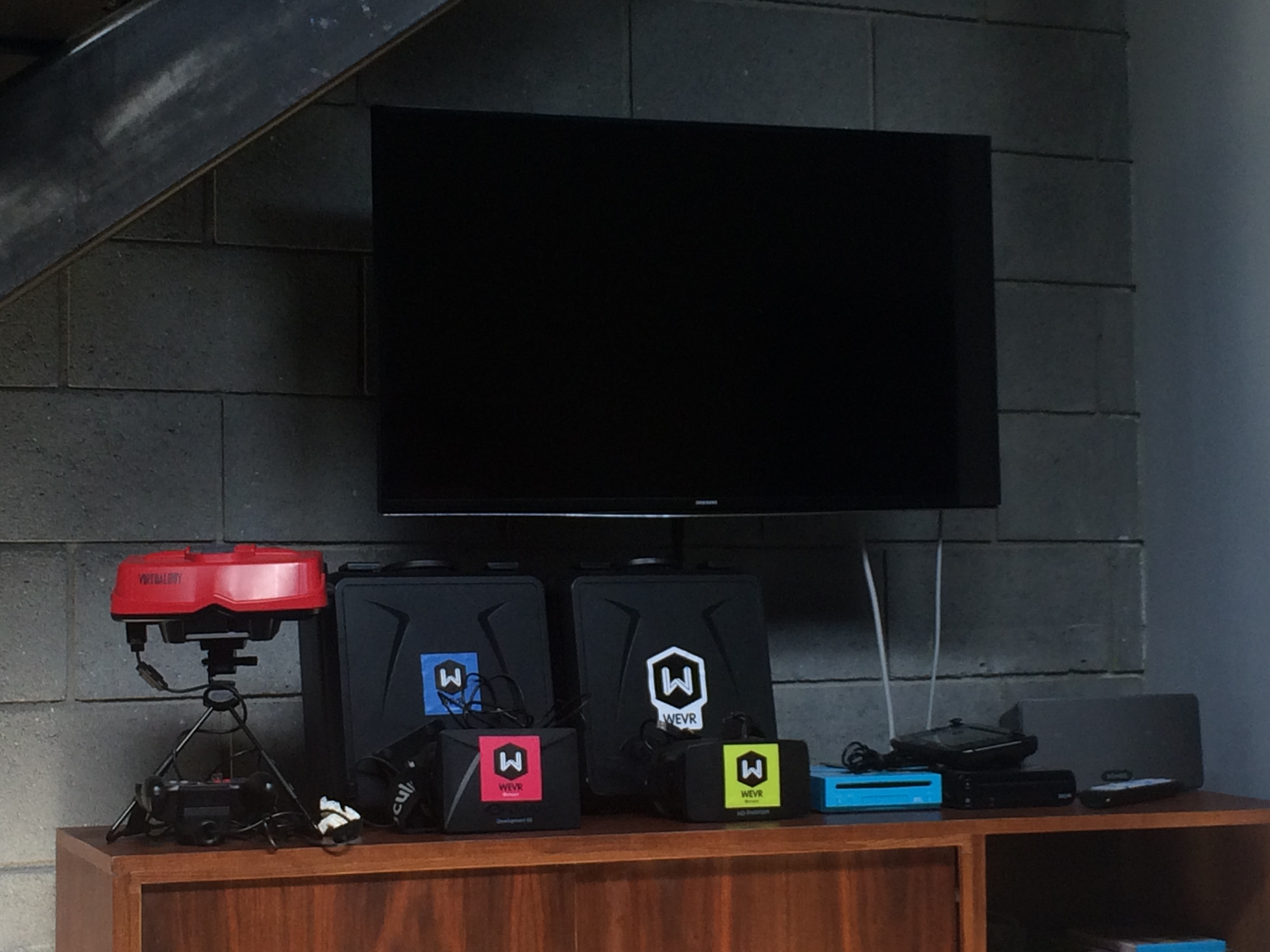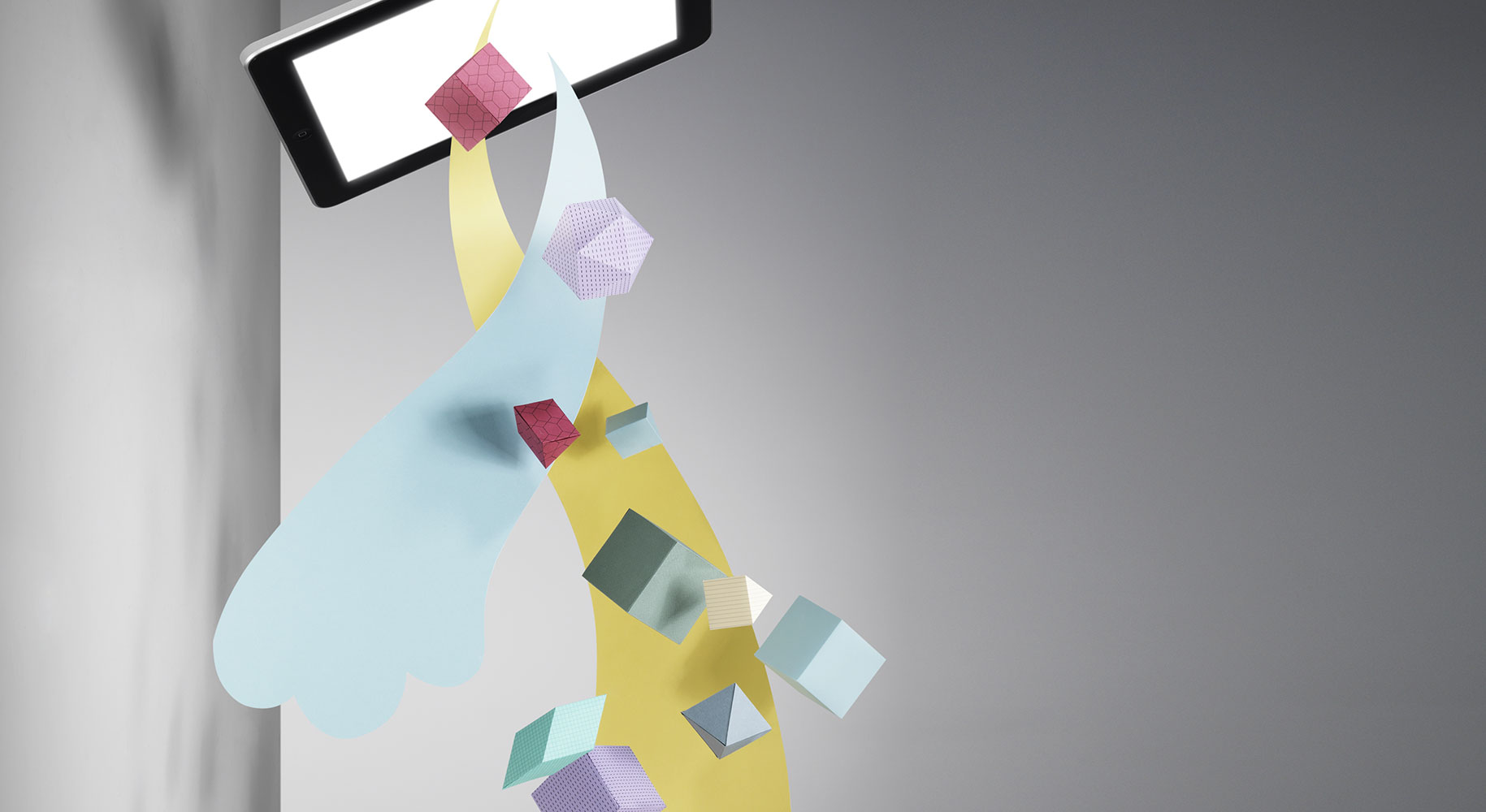2015 is going to be a special year for consumers and media, as detailed in the IPG Media Lab’s 2015 Outlook. We’ve secured thought leadership from some of the most innovative players in the emerging spaces that make up 2015’s landscape, and wanted to feature a few companies that are fulfilling our predictions and pushing the industry into the future.
Estimote
One of the most prominent pieces of marketing hardware in 2014 was the beacon. Using Bluetooth Low Energy, these devices detect the location of nearby smartphones, and, if an appropriate app is installed, pushes a message to the devices.
Estimote, a pioneer in the space, is rapidly innovating both hardware and software. Their sticker beacons, or “Nearables,” are responsive to motion and temperature, and last up to a year. Recently, Estimote premiered a developer platform and management system that allows for better proximity data, and better insights about consumer behavior.
Users are finding that Estimote beacons can be used for wayfinding, mobile marketing, payments, and much more. Beacons help bring digital-level accountability to the physical world, and that is a powerful idea.
Beacons like Estimote’s are working toward a world in which technology responds to and anticipates user behavior, and facilitates a deeper connection between consumers, their devices, and their purchases—a part of the trend we call “The Internet of Thrills.”
Vistar Media
Vistar Media is contributing to a more accountable and aware outdoor landscape. The company compiles and refines a collection of data sources related consumers’ commutes. Once location is understood, it maps brand data to both time and place — understanding where consumers buy what, and when they do it. Then, Vistar targets (and retargets) based on consumer path — for example, the consumers from the shoe store see ads at the gas station.
The next step—the ability to contextually map marketer actions to the consumer journey—is rapidly approaching. Currently, Vistar Media is beefing up its data sources, most notably through a partnership with Airsagefor carrier data. The company has also just launched an ad exchange to coordinate outdoor spend.
One of our Outlook themes is Peak Distraction: the consumer is maxed out; there is no more white space for dumb interactions. So with the finite amount of time in a consumer’s day, the solution cannot be louder media, but smarter media. Vistar’s technology allows marketing spend to target consumers contextually. This leads to more than just better accountability on the bottom line — it facilitates better consumer experiences, closer relationships to their preferred brands, and less noise overall.
Touchcast
TouchCast enables interactive video creation via HTML. A traditional video is annotated with interactive elements — other videos, photos, new web pages — that, when selected, activate without leaving the original video. The compelling approach gets over five times the engagement of traditional YouTube annotations, and allows for more insights into the online consumer journey.
The best part of TouchCast is that it mirrors the way we consume content online; that is, nonlinear, omnichannel. Their platform can drive the video conversation beyond just completion rates. It pinpoints and activates moments of viewer engagement, and helps map time-spent toward measurable spend.
TouchCast shows the emotional significance of specific moments: not just where users care, but how they manifest it, an important part of our third trend, “Measurable Intimacy.” Solutions like TouchCast will drive more personalized and compelling media, allowing marketers to understand the consumer like never before.



